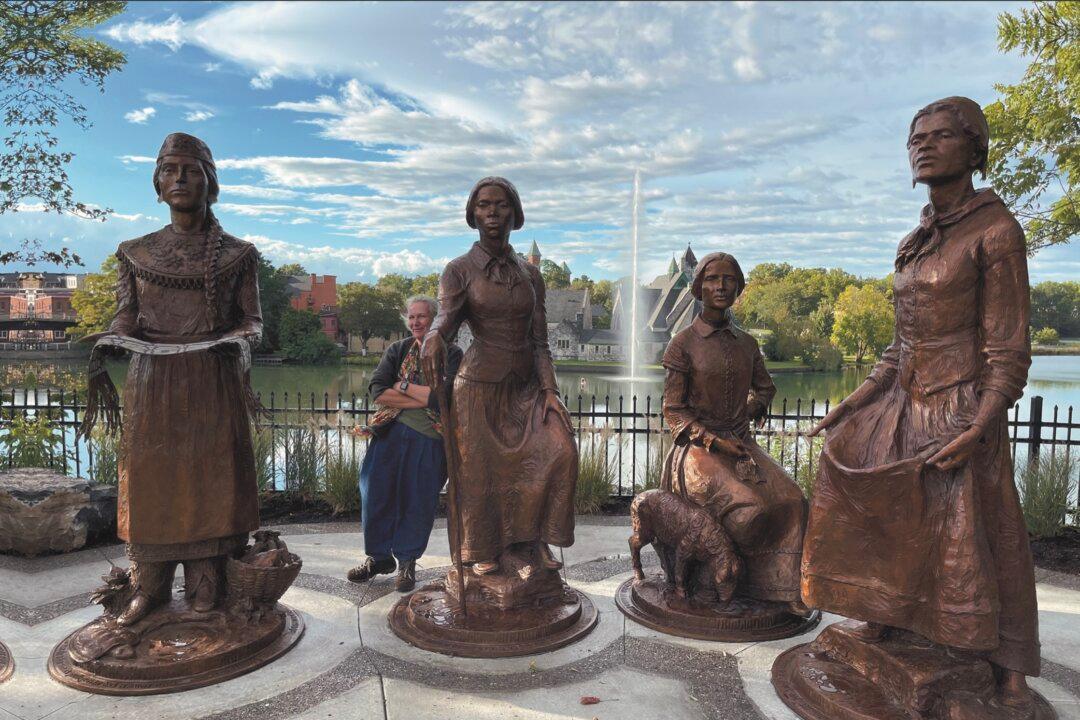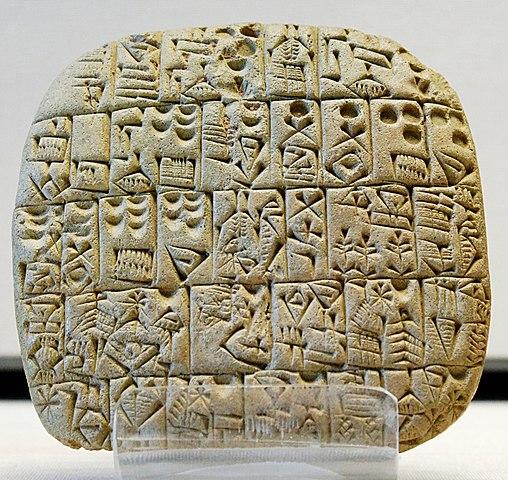It was mid-December, shortly before Christmas vacation. The elementary and middle school students had just finished their annual Christmas carol performance at the local senior center. Teachers handed cards to their students, and the children started visiting people in the audience. I proudly watched one of my students, an 8-year-old girl, hesitantly approach an elderly woman in a wheelchair, holding out a handmade card and introducing herself. “I made this for you,” she said with a charming, shy smile. She was rewarded with friendly words of gratitude and questions about her life at school.
Every year, her school, the Principled Academy in San Leandro, California, practices songs for a holiday performance in December at the senior center. Teachers prepare their students by demonstrating how to interact with the elderly, and the children practice conversations in advance of the event. Some of the students have had no experience around grandparents, so teachers suggest topics that are good conversation starters. In my second grade class, I’d tell students that seniors may want to share about their childhood holiday experiences or their favorite subject in grade school. I guaranteed that the cards they decorated with seasonal themes and holiday wishes would be greatly appreciated.





